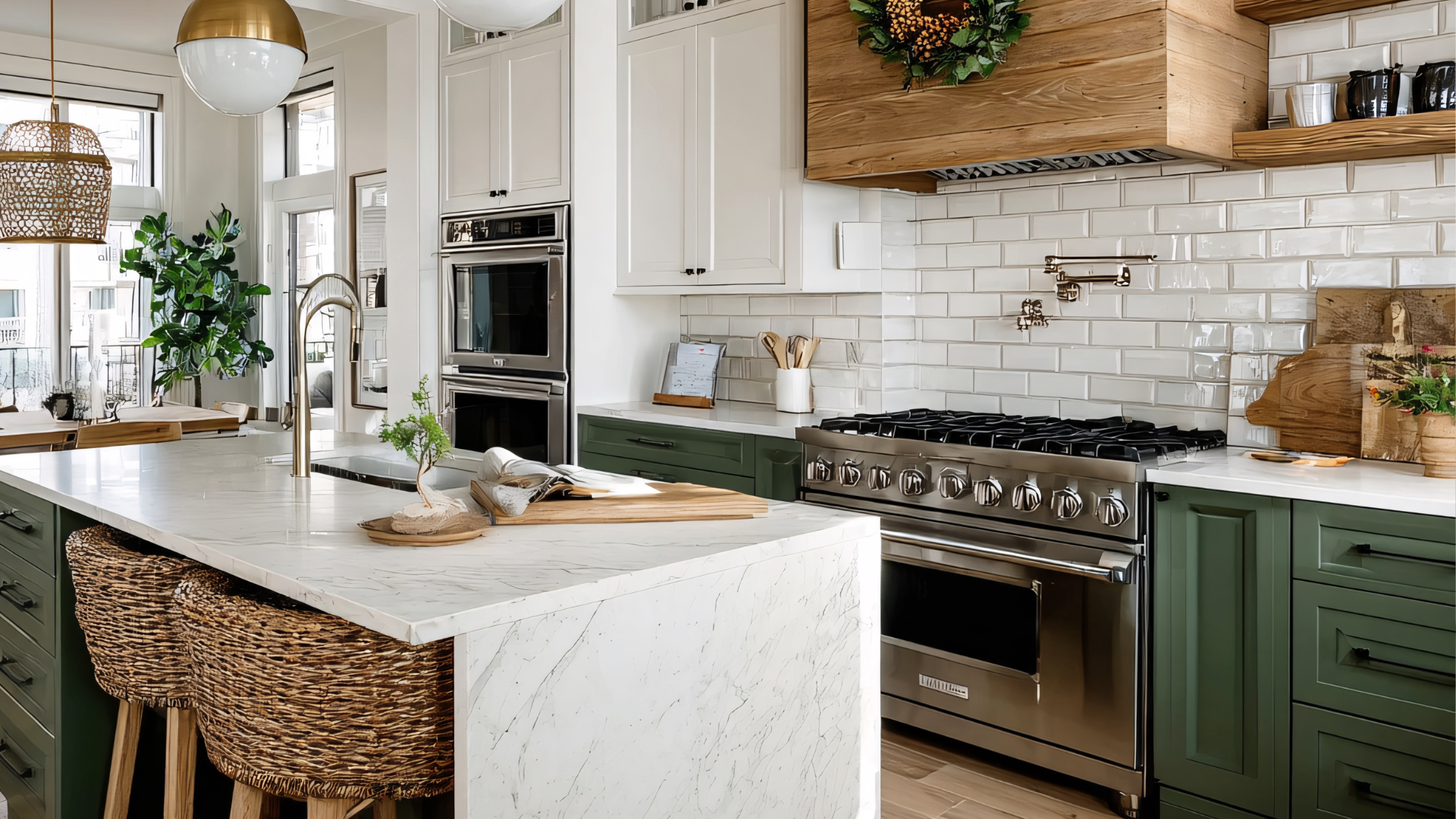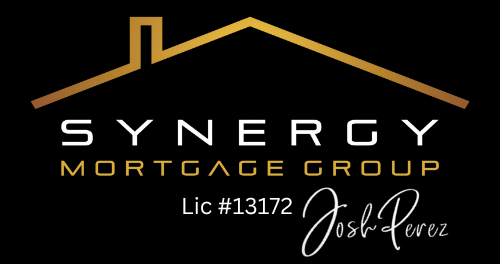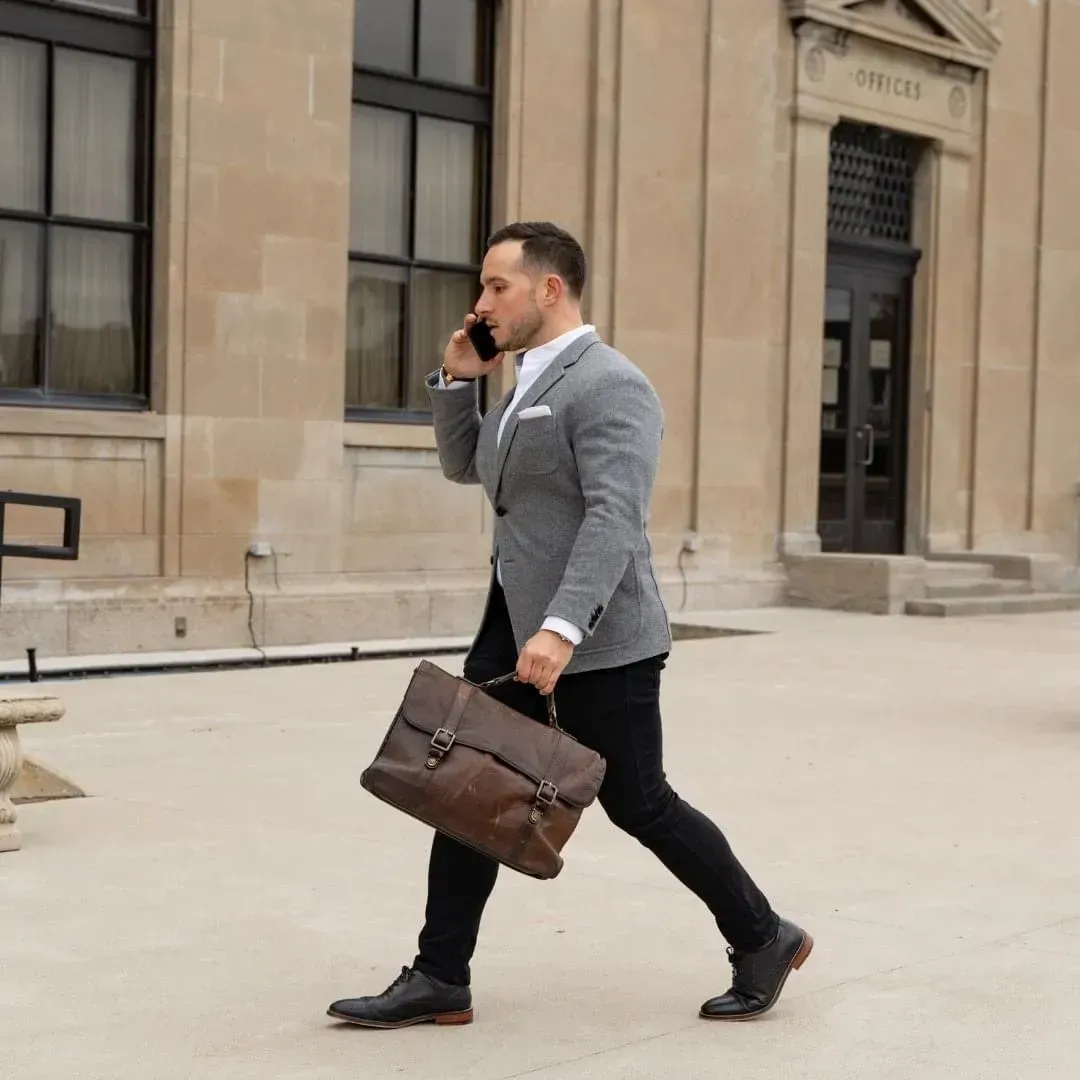Expanding Into Multi-Family Real Estate: A Strategy for Long-Term Success
As a real estate investor with over 400 doors under my belt, I’ve had the privilege of learning from my experiences and from those around me. Recently, I sat down with a seasoned real estate investor to talk about the evolution of his investment strategy and the changes he’s made over the years. During our conversation, he shared his growing focus on larger multi-family properties—specifically 10, 20, 30, and 40-unit apartment buildings—and why this shift is a key part of his long-term success.
Why Move into Multi-Family?
While my guest still works with triplexes and fourplexes, his main focus has increasingly shifted to multi-family buildings. The appeal of these larger properties lies in the control they provide over the asset’s performance. Unlike single-family homes, where property value is often tied to comparables—prices of similar properties in the neighborhood—the value of multi-family units is based more on how well you manage and improve the building.
According to my guest, multi-family buildings offer more opportunities to add value. By focusing on improving operations, stabilizing the property, and enhancing the tenant experience, he’s been able to increase the overall value of the building, without relying solely on market trends. This allows him to focus on value creation rather than just the current price of the asset.
Key Fundamentals in Real Estate: Leverage and Control
In real estate, two fundamentals stand out: leverage and control. My guest emphasized how critical leverage is in today’s market—especially with the rising interest rates. The ability to borrow money wisely allows investors to acquire larger, income-generating properties. But it’s not just about borrowing money; it's about making sure that the asset will generate cash flow and provide long-term returns.
Control is another critical factor. With multi-family investments, my guest can actively manage and improve the property to increase its value. From adjusting rents to market value to making necessary upgrades and improving management, these properties offer a level of control that residential investments often don’t.
The Shifting Market and the Role of CMHC
As the market shifts and interest rates rise, my guest’s investment strategy has increasingly relied on the commercial space—specifically multi-family properties. One of the most stable ways to invest in this space is through the CMHC (Canada Mortgage and Housing Corporation) program, which offers longer amortizations—40, 45, and even 50 years.
These long-term financing options help investors like my guest secure properties that are cash flow positive right from the start, while also positioning themselves for larger appreciation in the future. This program allows investors to hold properties indefinitely, riding out the market fluctuations and benefiting from eventual property appreciation.
The Takeaway:
Building Long-Term Wealth with Multi-Family Properties
Through my conversation with this experienced investor, it became clear that multi-family properties offer a tremendous opportunity for long-term wealth. In a market where interest rates are rising and the landscape is changing, these properties provide a more stable and predictable way to generate cash flow and build value over time.
If you’re a real estate investor looking for a stable investment strategy, consider moving into the multi-family space. By stabilizing and improving properties, you can create long-term cash flow while allowing for future appreciation. Whether you’re just starting or have years of experience, multi-family properties are a smart choice for building wealth that stands the test of time.
The focus has moved from the price of the asset to the potential for value creation. Stabilizing a multi-family building—whether through improving operations, increasing rents to market value, or making necessary upgrades—can significantly increase the overall value of the property.





